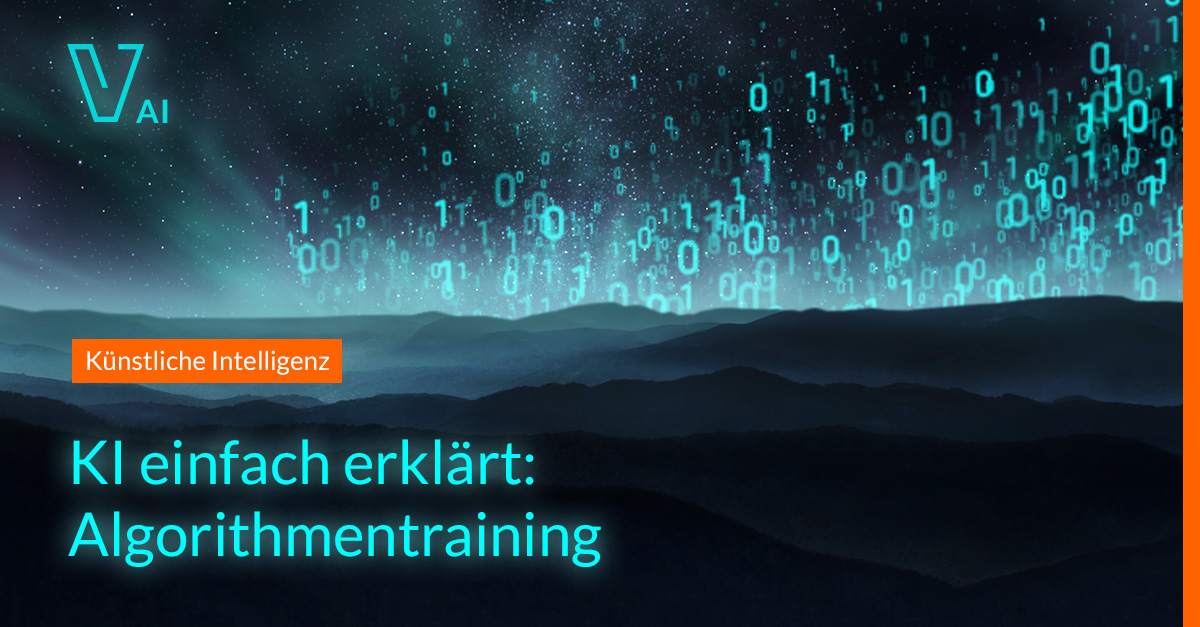Since the increased use of algorithms in the field of Machine Learning (ML) or Artificial Intelligence (AI) and the associated public interest, the question of “training” algorithms arises more and more frequently.
In principle, training an algorithm is not something that can be explicitly attributed to ML or AI. First applications go back about 350 years and lead to the scholars Isaac Newton and Joseph Raphson. They developed a calculation rule to solve nonlinear equations approximately. Since an algorithm is nothing else than a calculation rule, this “trainable” algorithm is already 350 years old. The goal of training is one and the same then as it is now: to determine (approximately) a given target quantity by a given set of input values. A simple example:
A large measuring cup is placed under a faucet that has only two settings (open/closed). If the water is now turned on, the cup fills up. Now you want to know when the cup is full. Unfortunately, one does not know the flow rate of the faucet. One can assume that the water flow is constant. Consequently, the algorithm for the water level is:
Water level = Flow rate * Time
The “trainable” parameter is the flow rate. Now, at an arbitrary time, one notes the amount of water in the cup. At a later, defined time, the amount of water in the beaker is noted again. This procedure corresponds to two “training cycles” and one obtains two points on a time axis, which can be connected by a straight line. The slope of the straight line reflects the flow rate of the faucet. Once this is determined, training the algorithm is finished.
It is easy to imagine that this algorithm only provides meaningful results exactly for the mentioned faucet with exactly the same pressure. In very simplified terms, artificial neural networks (ANN) work in a similar way. From a defined set of input data, for example image data, target variables (does the image show a car? Yes/No) are determined. The main difference of an ANN to the above mentioned is the high complexity and the resulting number of parameters to be determined.



